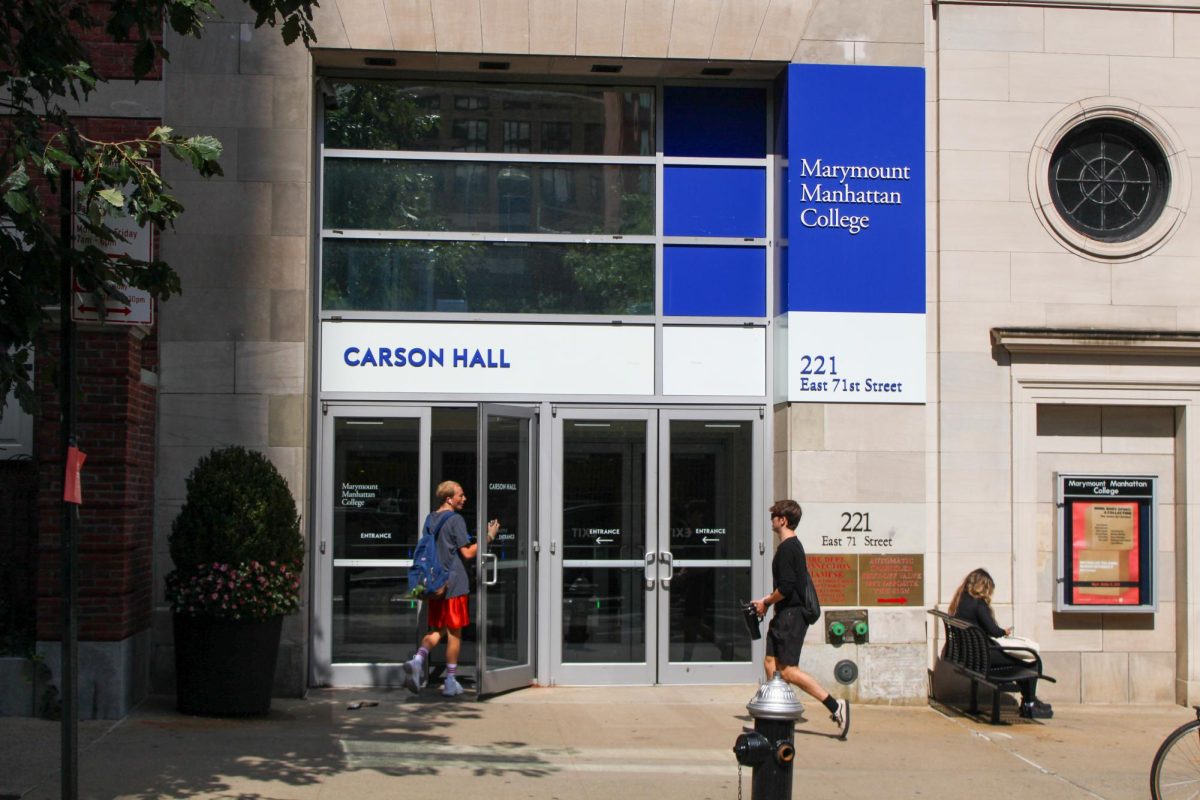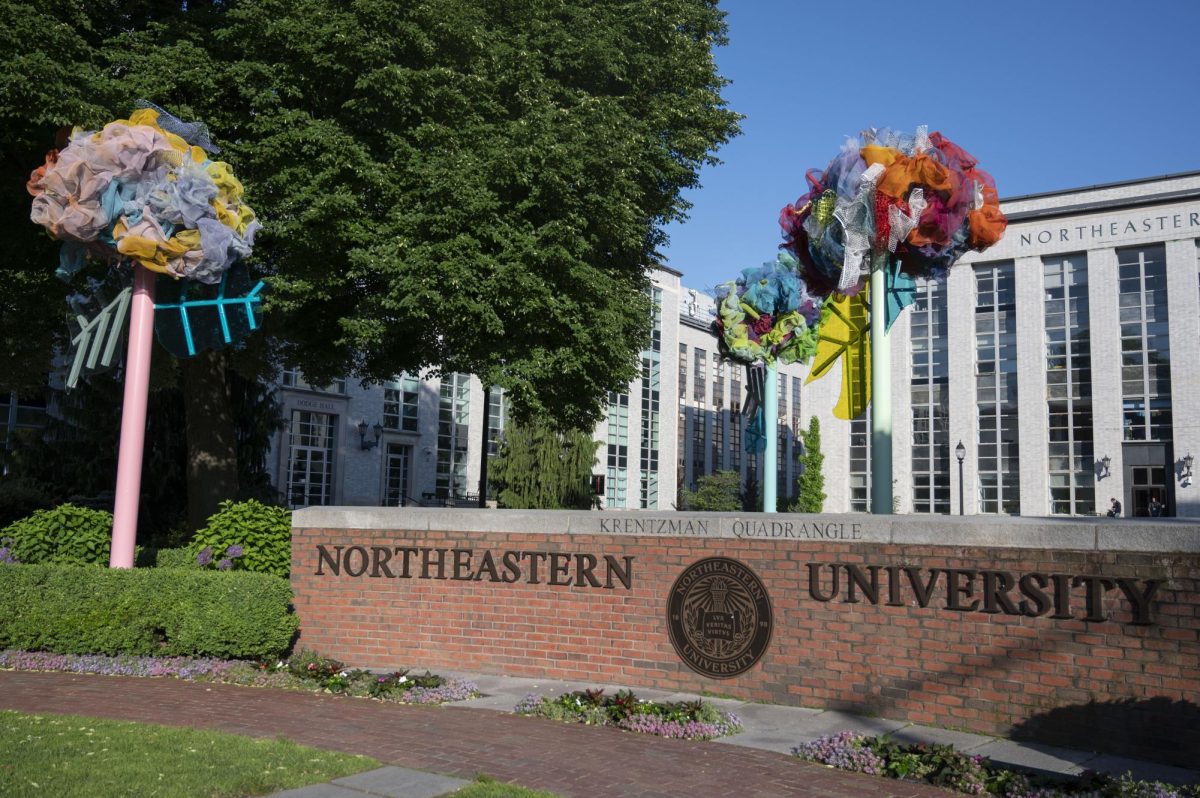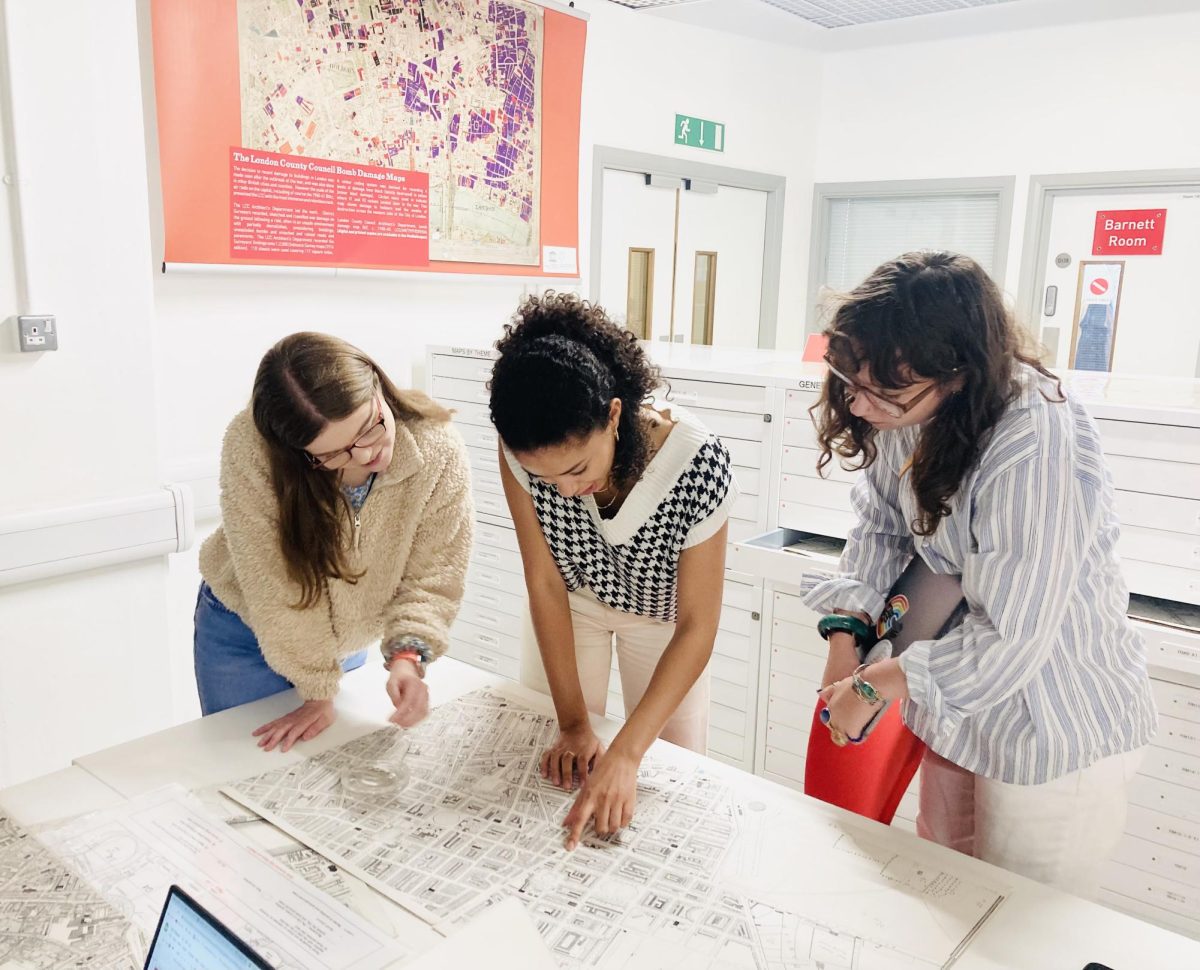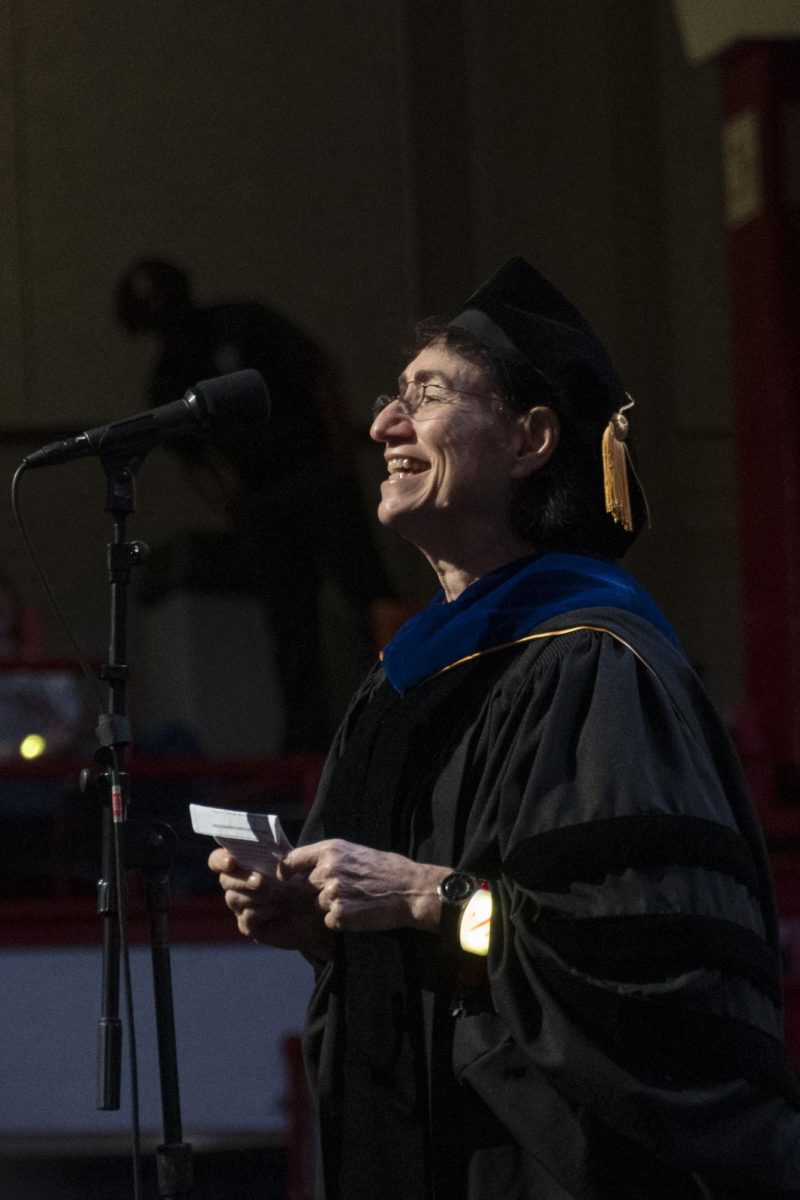By Rachel Mercer, News Correspondent
Seeking a respite from the barrage of work and mental duress that comes with the close of every semester? Hop across Huntington Avenue to the Museum of Fine Arts (MFA) and make an appointment to check out the print study room, where a series of rare prints by 18th and 19th century painters Francisco Goya and William Blake stand proudly on display.
The environment is relaxing, cozy and warm. This is a far cry from the echoing marble galleries throughout the rest of the museum that, at times, resemble the great portrait halls of Harry Potter’s Hogwarts.
The tall bookshelves, compact seating area, and overall sense of calm (it happens to be one of the only space in the MFA right now where one can escape the cacophony of sound that is a result of the constant construction) makes it an ideal study spot or de-stressing zone.
The added benefit (and perfect complement) to this zen space is that the artwork actually relates to these frazzled emotions, not only through the work on display, but the artist himself.
Goya, long-touted as one of the most notable painters of the Romantic period, succumbed to madness in his later years because of a poor recovery from a bout of cholera, which left him mostly deaf. It was during these years, when he spent much of his time locked away hauntingly painting the walls of his home with images of the grotesque and obscene, that he created the works on display at the MFA. It is ironic that such a peaceful space would include images of such violence and chaos.
The prints are divided into their two respective series, The Caprichos (The Caprices) and Disasters at War, the latter of which is considered to be one of the most important works in art history. An interesting feature the study room has, which is relatively uncommon, is one of the original books from the time period collecting the prints ‘- these were in very limited supply at the time due to the scandalous nature of the prints. Looking at these pieces not only reveals a time of serious societal disturbance (many of them serve not only as a commentary of the horrors of war, but also the negative affects of the revived Spanish Inquisition), but also comment directly on the dark nature of man and the chaos that surrounds him.
One of the particularly eye-catching pieces in the collection is one of Goya’s self-portraits, which depicts him asleep in the dark, surrounded by a maelstrom of dark monsters. The slumped, almost defeated stylization of the figure in the picture reinforces the sense of one who is being overwhelmed, surely a situation that we all find ourselves in with Thanksgiving coming up and the end of semester fast approaching.
So, if you feel the need to walk away from campus a little bit, and have explored practically every exhibition hall in the MFA, check out this little study room. The ample seating, desk space and overall quietness make it an ideal study spot. An added bonus is the artwork to admire (Goya’s pieces are particularly powerful), and this is one of the few sections of the museum where the work is unlabeled, allowing viewers to make their own assumptions about each piece.
The Goya and Blake exhibit is open by appointment Tuesday through Friday, 10 a.m. to 12 p.m. and 1:30 p.m. to 4:30 p.m.. To make an appointment call 617-369-3112 or e-mail Patrick Murphy at [email protected].








